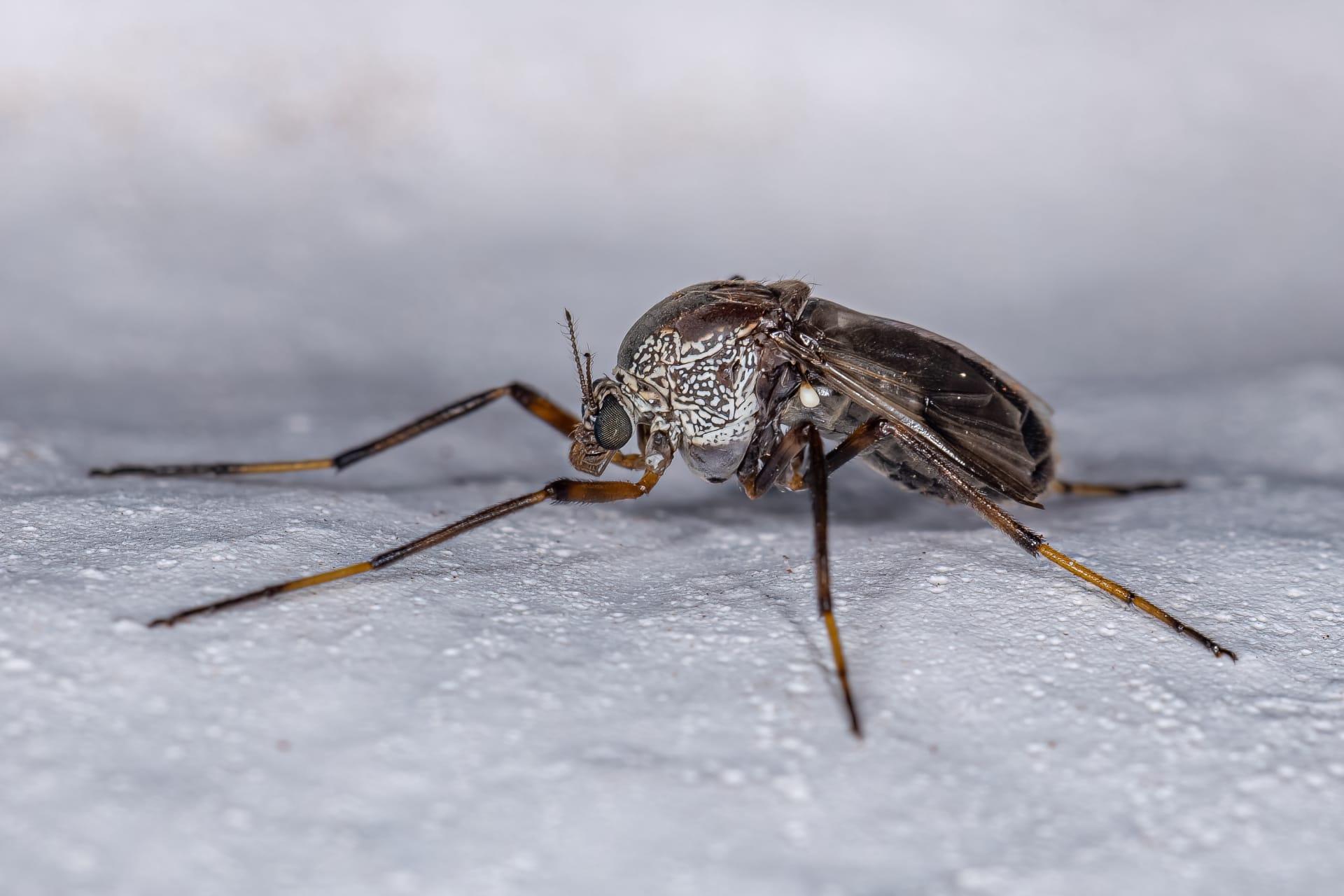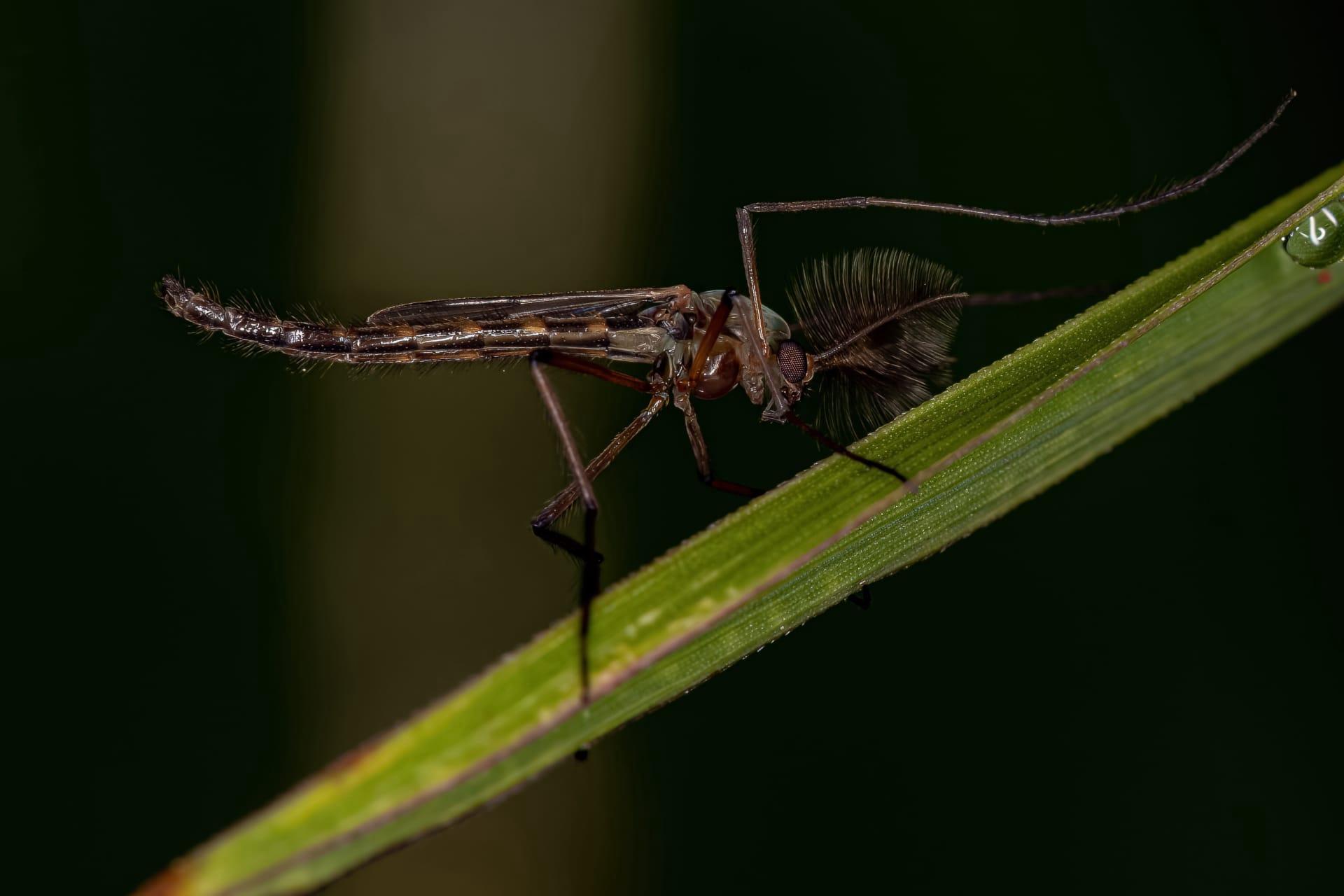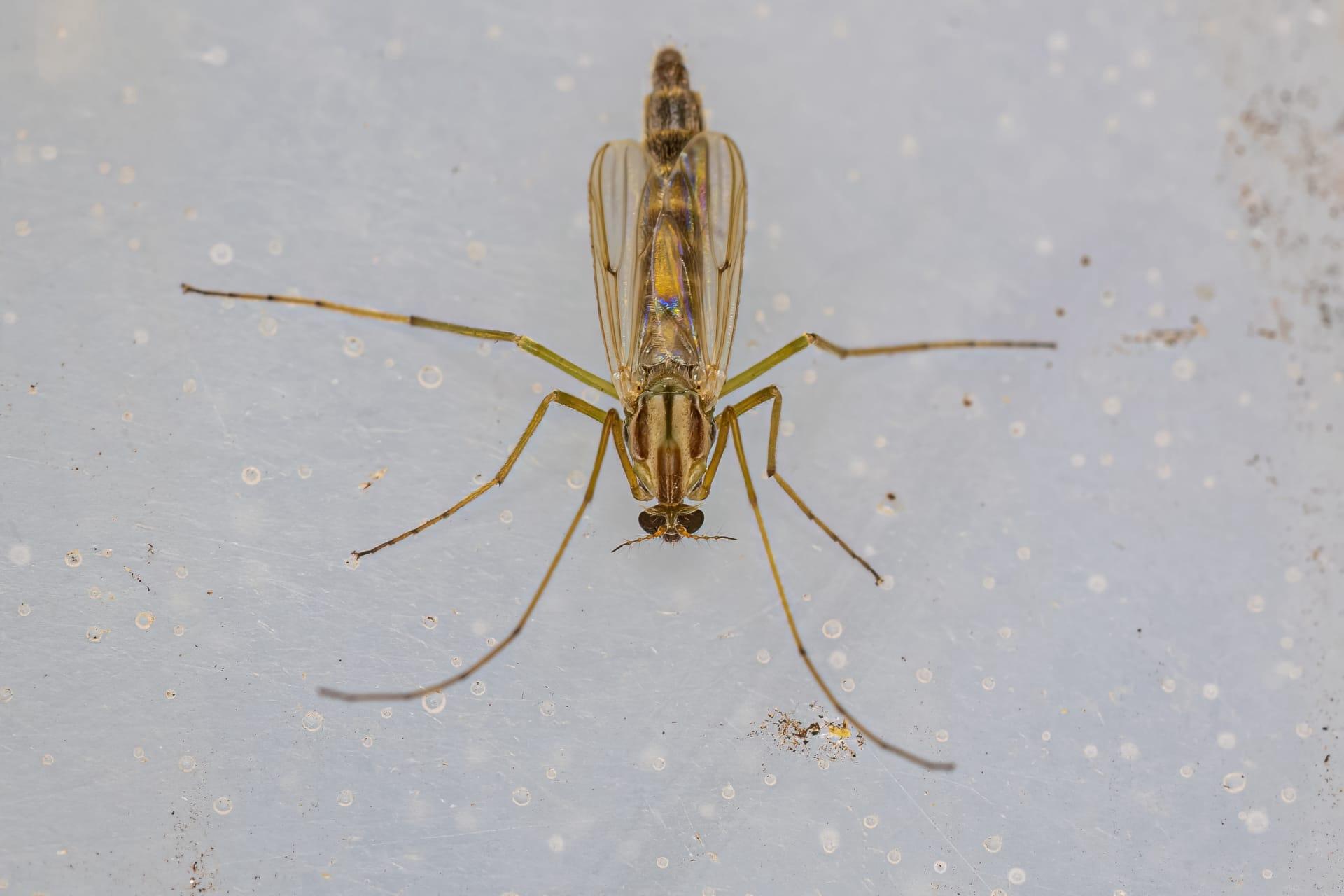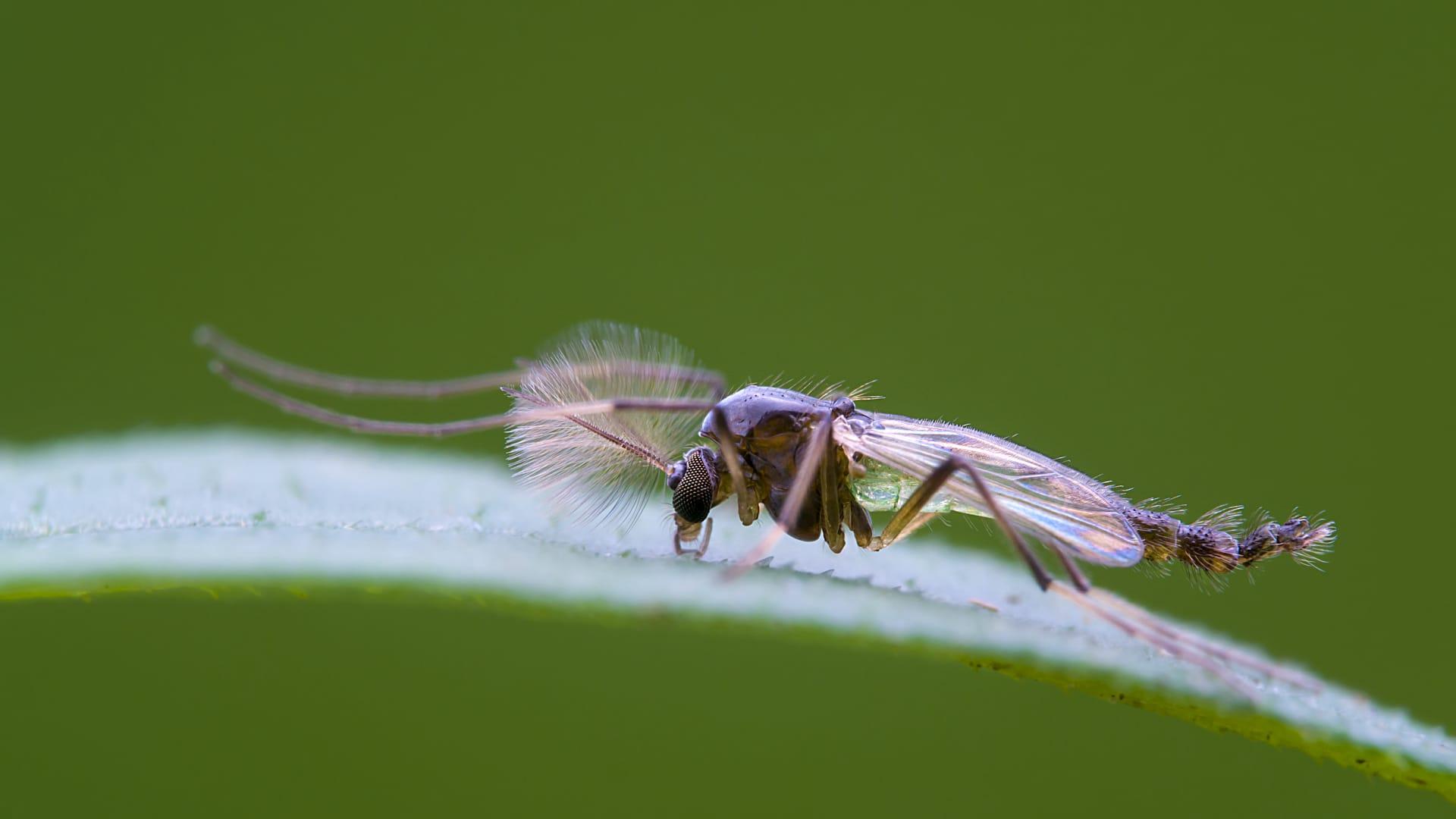1
Did you know that Midge Flies, unlike many other insects, thrive in extremely cold environments? These tiny creatures, often just a few millimeters long, have a unique biological antifreeze in their blood. This glycerol-based substance prevents their bodily fluids from freezing, allowing them to survive and even remain active in temperatures as low as -1 degree Celsius (30.2 degrees Fahrenheit). It's a remarkable adaptation that enables them to inhabit chilly regions where few other insects can survive.
Another fascinating aspect of Midge Flies is their role in pollination. While they don't have the same reputation as bees, these flies contribute significantly to the ecosystem. Their feeding habits lead them to visit various flowers, unintentionally carrying pollen from one to another. This might seem like a small contribution, but in areas where bees are scarce, like high altitudes or colder regions, Midge Flies can be primary pollinators, playing a critical role in maintaining the biodiversity of these environments.

2
Speaking of reproduction, Midge Flies exhibit a unique mating behavior known as a "mating swarm." Males congregate in large numbers, forming dense swarms to attract females. These swarms can include thousands of individuals, often seen in the late afternoon or evening. The females fly into these swarms, and mating occurs in flight. This behavior is not just a fascinating spectacle but also a vital evolutionary strategy, increasing the chances of reproductive success.
Another interesting fact about Midge Flies is their lifespan. Most species of these flies have a very short adult life, typically lasting only a few days to a couple of weeks. This brevity is primarily because their adult stage is focused almost exclusively on reproduction. They spend the majority of their life cycle in the larval stage, which can last several months to a year. During this time, they play a crucial role in the aquatic ecosystems, serving as a food source for many fish and other aquatic animals.

3
Midge Flies have a unique approach to surviving in various environments, especially the larvae. Some species' larvae can create and live in tubes made of sediment and debris, providing protection from predators and harsh conditions. These tubes are not only shelters but also serve as feeding stations, where larvae filter organic material from the water, making them essential contributors to the aquatic food web.
Interestingly, Midge Flies, particularly in their larval stage, are indicators of water quality. Scientists often use them to assess the health of aquatic ecosystems. A high number of midge larvae typically suggests good water quality, as these larvae thrive in clean, oxygen-rich environments. Conversely, a sudden decline in their population can indicate pollution or other environmental issues. This makes them an invaluable tool for environmental monitoring and conservation efforts.

4
Despite their small size, Midge Flies play a significant role in the diet of many fish species. Their abundance and high protein content make them a key food source for freshwater fish like trout and salmon. This is particularly true during the hatching season when large numbers of midge larvae transform into adults and emerge from the water, providing a feeding bonanza for fish.
Another intriguing aspect of Midge Flies is their impact on human activities. While they are generally harmless to humans, their swarms can become a nuisance, especially near water bodies. In some areas, massive swarms have been known to disrupt outdoor events, cover buildings and cars in dense layers, and even impact air traffic. This has led to various control measures being implemented in affected areas, highlighting the complex relationship between humans and these tiny yet impactful creatures.

5
Did you know that Midge Flies are not just one species but part of a large family called Chironomidae, which includes over 10,000 identified species? This diversity is reflected in their varied habitats, ranging from freshwater to brackish environments. Each species has adapted to its specific ecological niche, showcasing the incredible adaptability of these tiny insects.
The flight patterns of Midge Flies are a subject of interest. While their swarming behavior is well-known, individual flight patterns are equally fascinating. Midge Flies are known for their erratic and seemingly random flight paths. This unpredictable movement is thought to be an evolutionary adaptation to evade predators, making it difficult for birds or other insects to capture them mid-flight. Their agile flying abilities, despite their small size, are a testament to their survival strategies in the wild.